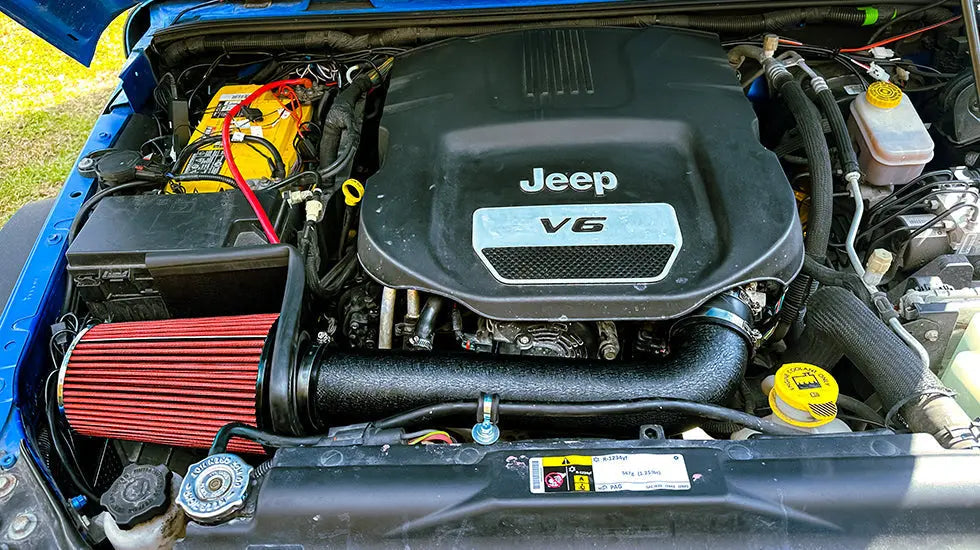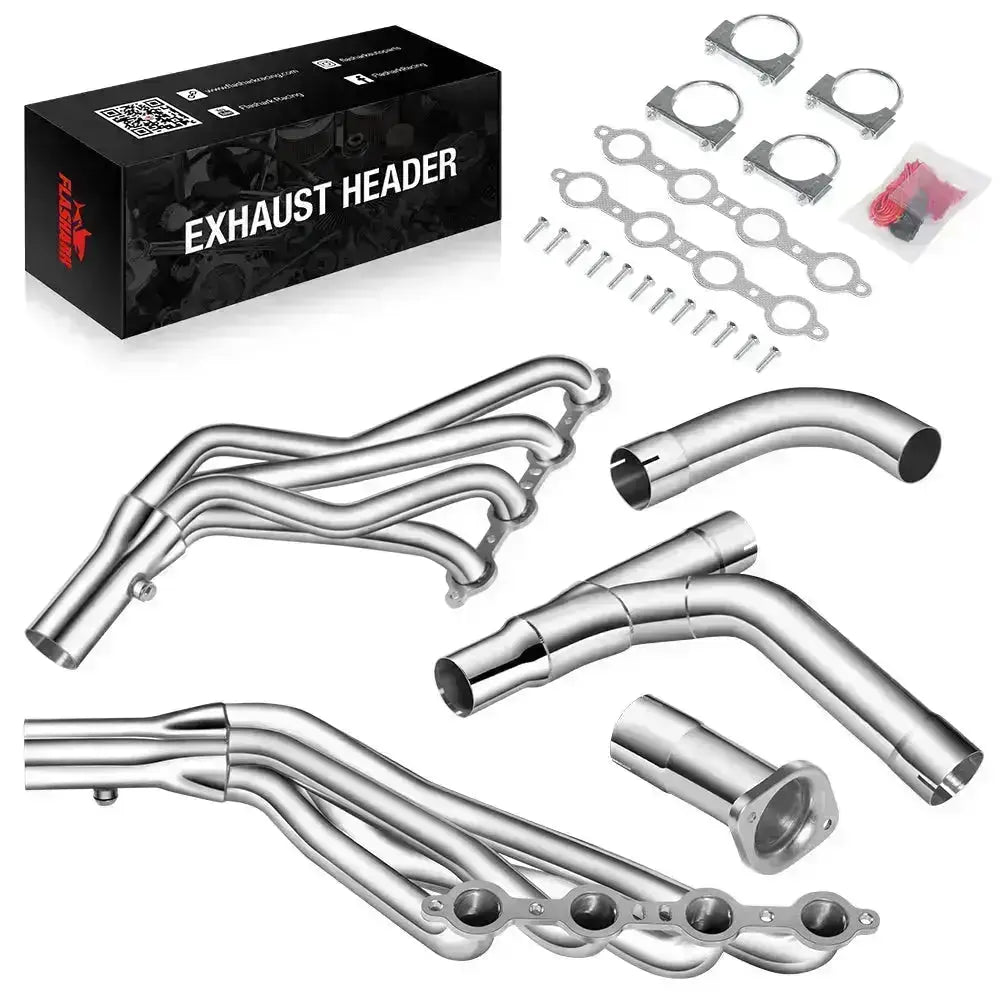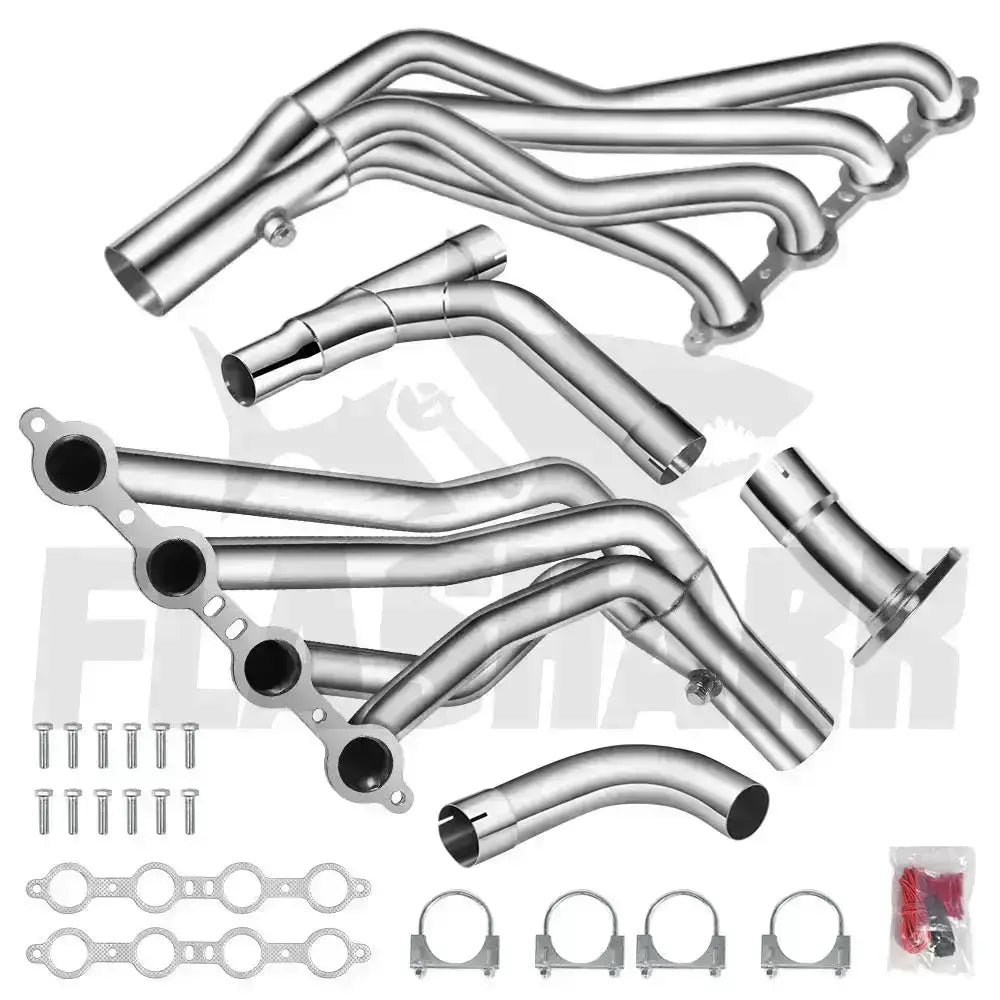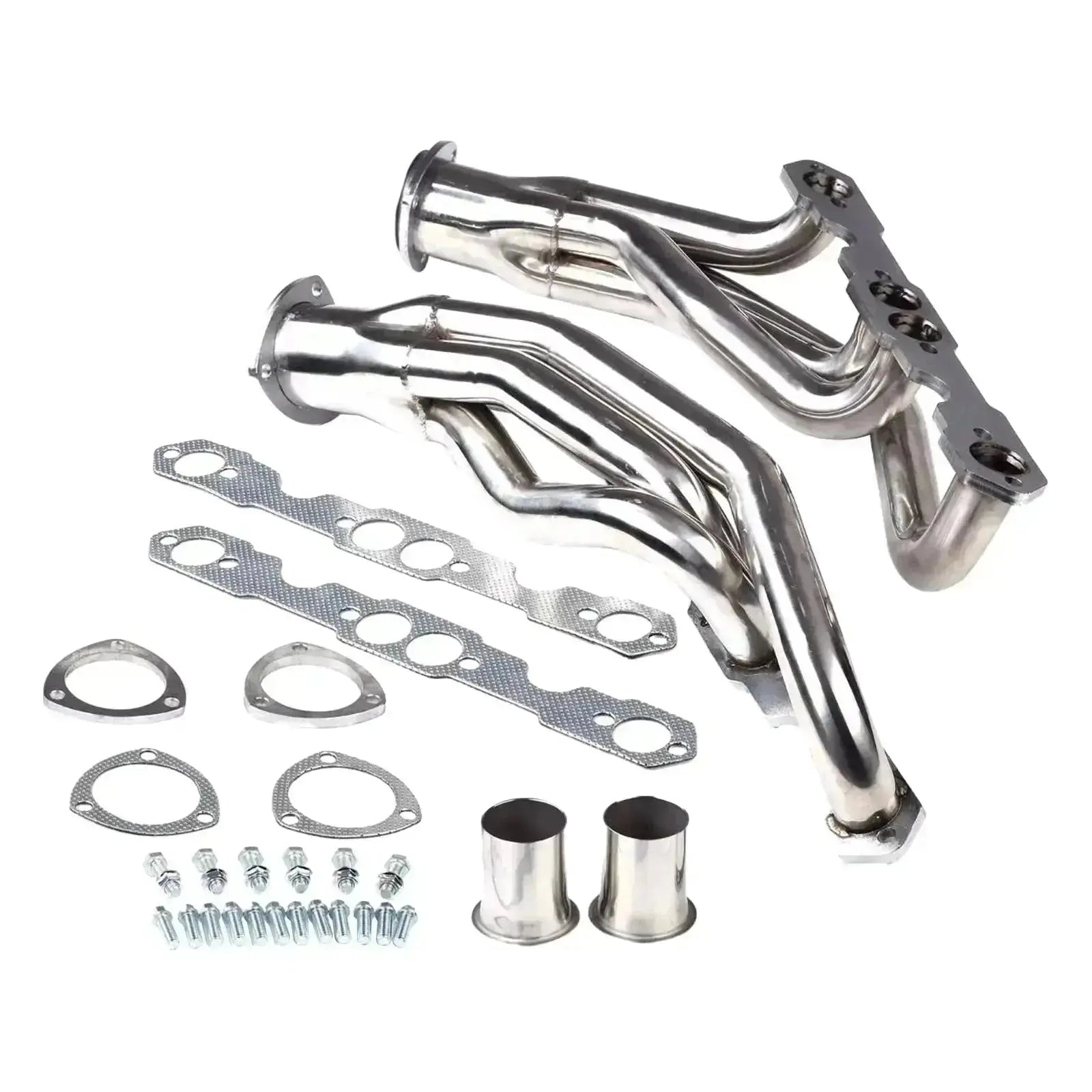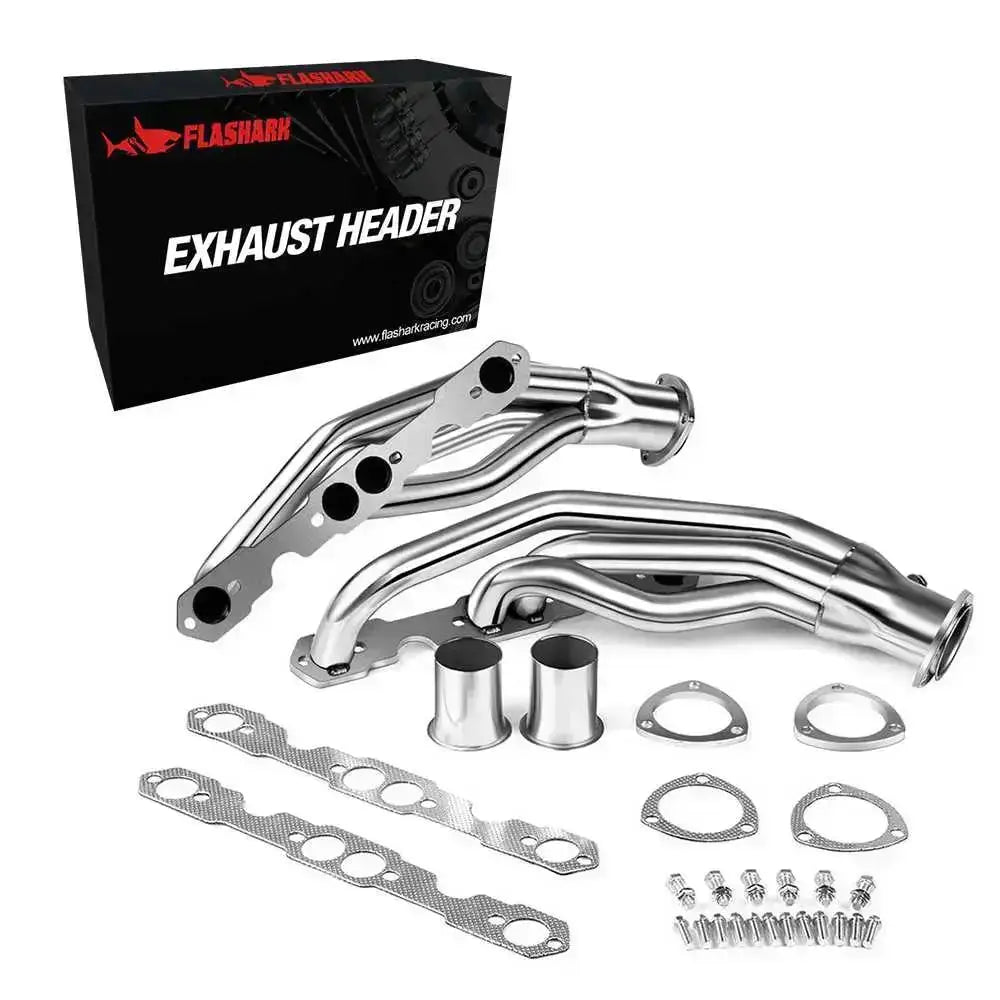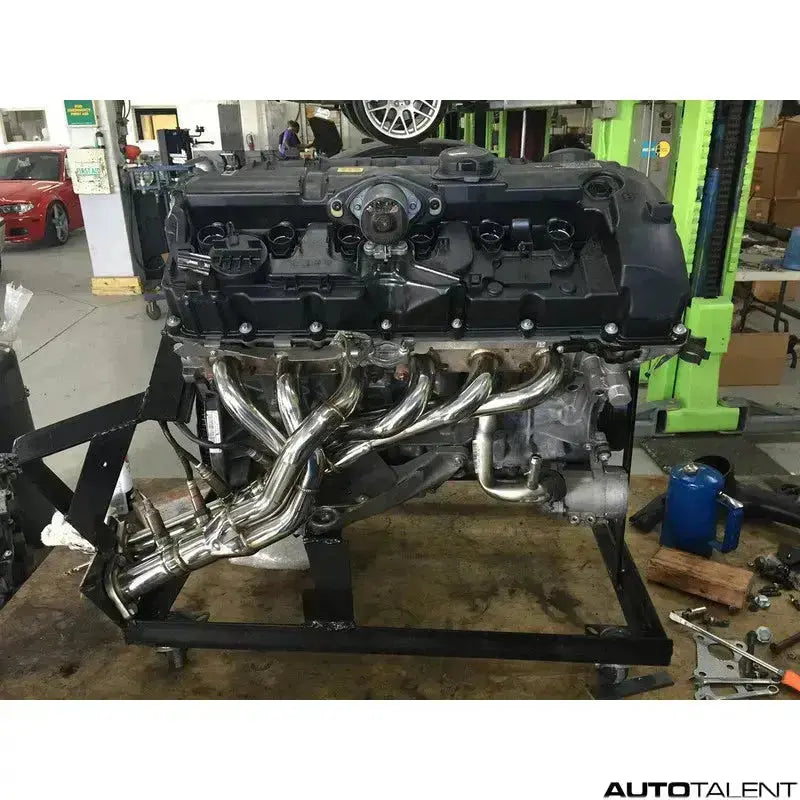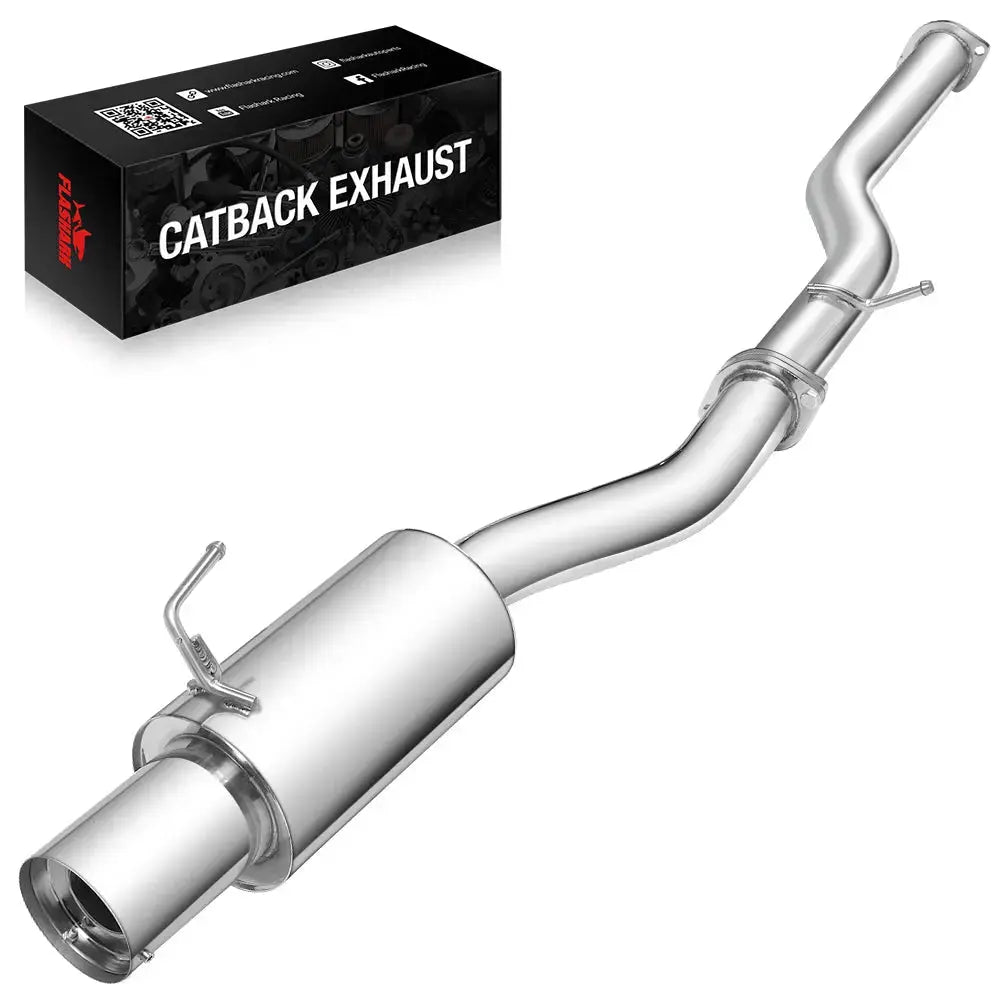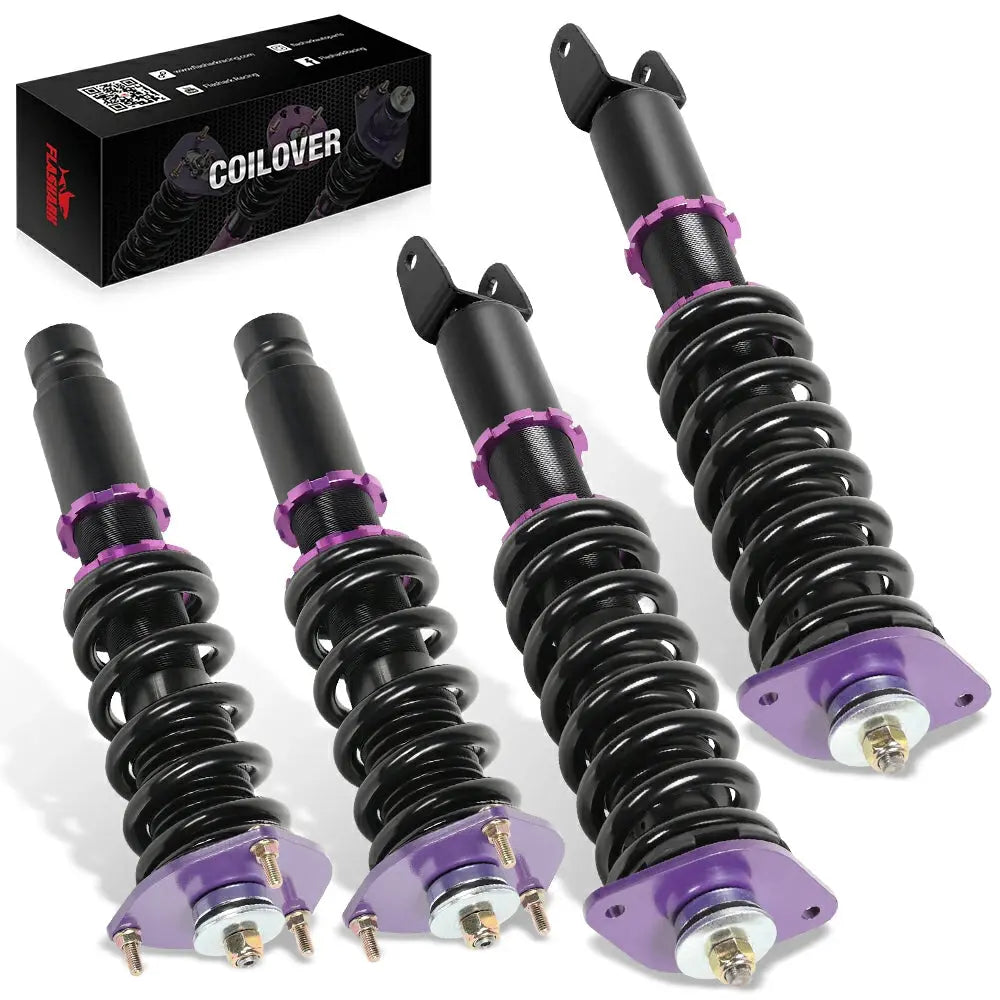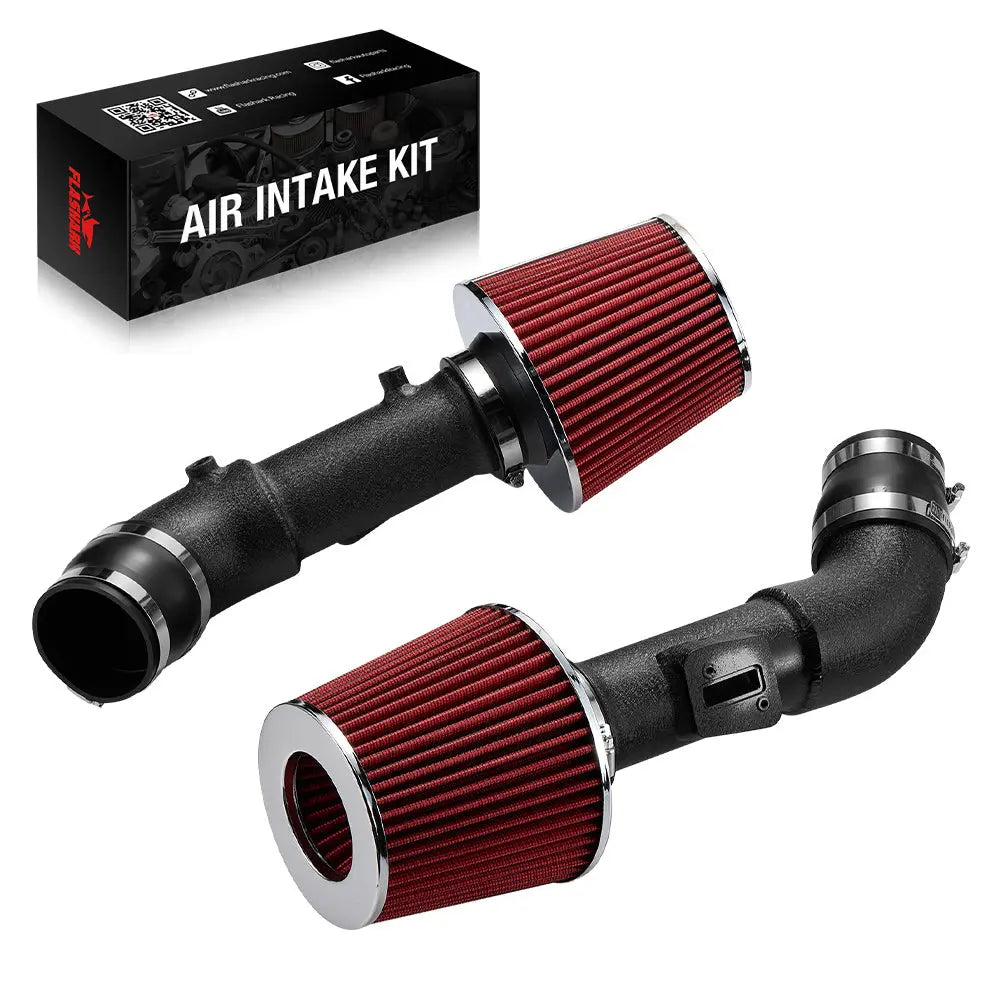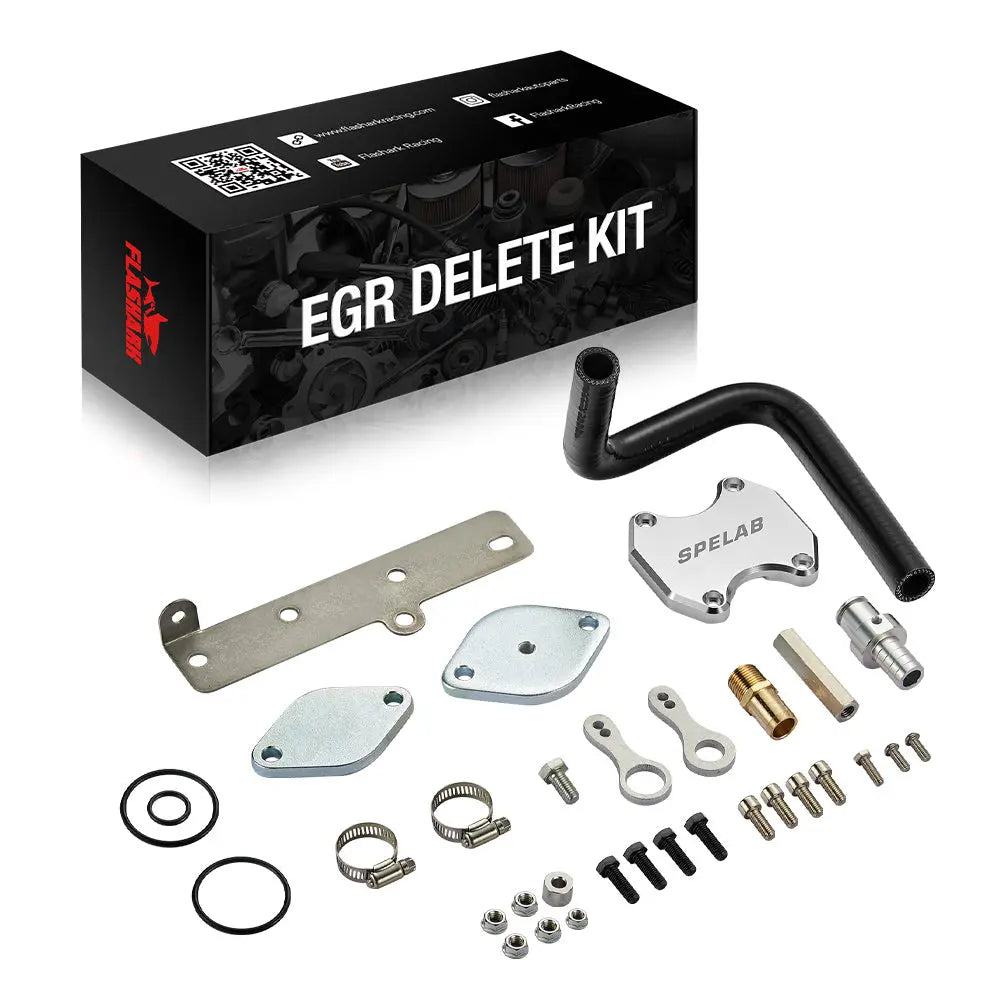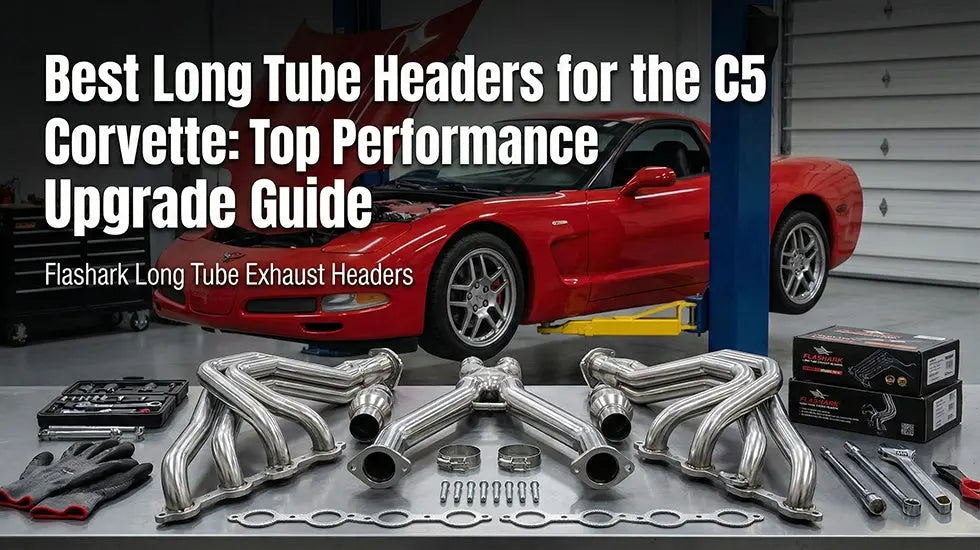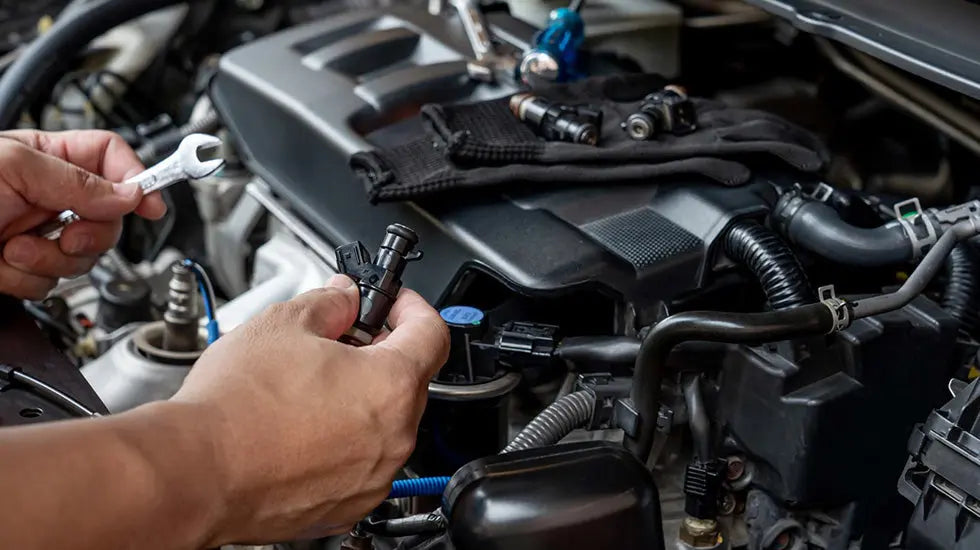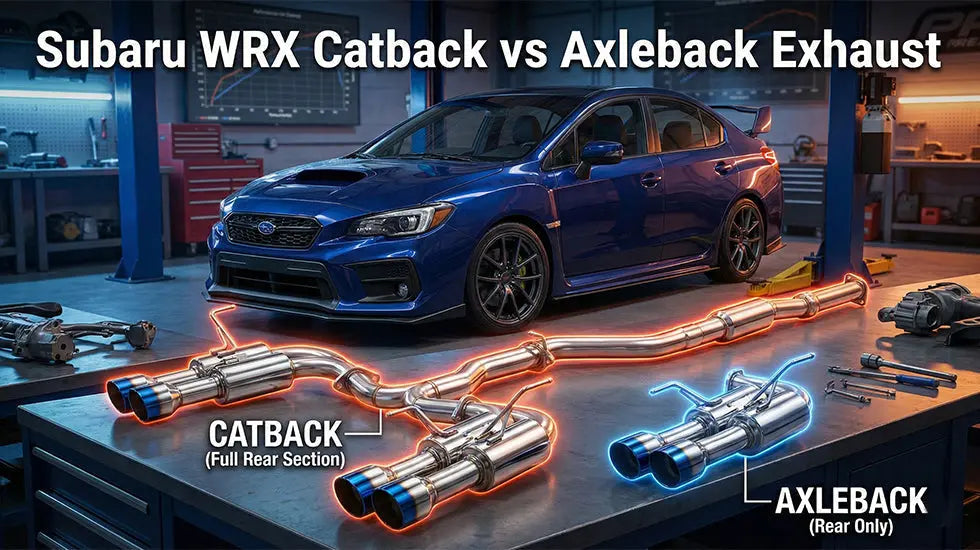Cold air intake play a crucial role in ensuring your vehicle’s engine runs efficiently. These filters help trap dirt, debris, and other particles before they enter the engine, maintaining optimal air quality for combustion. Over time, however, they can accumulate dirt and debris, reducing their effectiveness. Cleaning your cold air intake filter regularly is essential for maintaining engine performance, fuel efficiency, and overall vehicle longevity. This guide will walk you through the necessary steps to clean your cold air intake filter effectively and safely.
Why Cleaning Your Cold Air Intake Filter Is Important
Cleaning your cold air intake filter is not just about appearance—it's about performance. Over time, a dirty filter can obstruct airflow to the engine, which can cause a range of problems, including:

-
Reduced Engine Efficiency: A clogged filter limits the engine’s ability to draw in air, decreasing its overall efficiency.
-
Decreased Fuel Efficiency: A less efficient engine requires more fuel to operate, leading to increased fuel consumption.
-
Loss of Power: As the engine struggles to breathe properly, it can lose power, affecting acceleration and overall performance.
Regularly cleaning the filter ensures that your vehicle’s engine continues to perform at its best, maintaining power, efficiency, and longevity.
When Should You Clean Your Cold Air Intake Filter?
The frequency of cleaning your cold air intake filter depends on several factors, such as the type of filter and your driving conditions. However, as a general rule:
-
Mileage Recommendations: You should clean the filter every 10,000 to 50,000 miles. In more demanding conditions, such as off-road driving, you may need to clean it more often.
-
Signs of Clogging: If your engine performance drops, you notice a decrease in acceleration, or fuel consumption increases, your filter may be clogged.
-
Driving Conditions: Dusty or muddy conditions may require more frequent cleaning.
If you’re using a dry filter, like the Flashark filter, it’s essential to follow specific maintenance practices. Flashark filters, for example, are washable and reusable and do not require oiling. These filters can be cleaned simply with soap and water. We recommend checking the filter every 5,000 miles to see if it needs washing. Once cleaned, the filter can be rinsed thoroughly and dried before being reused.
Step-by-Step Guide to Cleaning Your Cold Air Intake Filter
Cleaning a cold air intake filter is a straightforward process, but it requires careful attention to detail. Follow these steps to ensure that the job is done right:
Step 1: Remove the Filter from the Intake System
Before you begin cleaning, safely remove the filter from the intake system. Depending on your vehicle, this may require loosening clamps, unscrewing bolts, or disconnecting air intake components. It's important to handle the filter gently to avoid damaging it. Be sure to inspect the intake system for any debris or damage while the filter is out.
Step 2: Clean the Filter
The cleaning method depends on the type of filter you have:
-
For Oiled Filters: Use a mild automotive cleaner designed for air filters. Gently scrub the filter with a soft brush or rinse it under low-pressure water. Be sure to avoid harsh chemicals or high-pressure water, as they can damage the filter.
-
For Dry Filters (Like Flashark Filters): Simply wash the filter using soap and water. Rinse thoroughly until all dirt and debris are removed. Flashark filters are designed to be washable and reusable without the need for oil. After rinsing, let the filter dry completely in a clean, dry area.

Step 3: Dry the Filter Thoroughly
After cleaning, allow the filter to dry completely. The drying process is crucial; any moisture left in the filter can affect its performance and may even damage your engine when reinstalled. Place the filter in a well-ventilated area and allow it to air dry. This can take several hours, so be patient. Do not use heat sources like hair dryers or direct sunlight, as excessive heat can deform the filter material.
Step 4: Apply Oil (For Reusable Filters)
If your filter is reusable (such as cotton or foam filters), it’s time to apply filter oil. Filter oil helps the filter capture finer particles and ensures optimal performance. Use a light, even layer of oil and avoid over-oiling, as excess oil can clog the filter and affect the engine’s air intake sensors. Pay special attention to the edges of the filter and avoid getting oil on the rubber seal, as this could prevent a proper seal when reinstalling the filter.
-
Signs of Clogging: If you notice a drop in engine performance, increased fuel consumption, or unusual noises from the engine, it could be time to clean the filter.
Being proactive about cleaning your cold air intake filter will help prevent potential issues and keep your engine running smoothly.
Common Mistakes to Avoid When Cleaning Your Cold Air Intake Filter
While cleaning your cold air intake filter is straightforward, there are a few common mistakes to avoid:
-
Using Incorrect Cleaning Products: Always use cleaners designed for automotive air filters. Household cleaners or harsh chemicals can damage the filter material, reducing its efficiency.
-
Not Allowing the Filter to Dry Properly: Reinstalling a wet filter can introduce moisture into the engine, potentially causing damage. Ensure the filter is completely dry before reinstalling it.
-
Over-Oiling the Filter: Too much oil can clog the filter and affect air sensor performance, which may lead to engine issues. Apply just enough oil to coat the filter evenly.
-
Neglecting the Seals: Be careful not to get oil or debris on the filter’s rubber seals. Damaged seals can cause the filter to lose its ability to seal properly, allowing unfiltered air into the engine.
How to Maintain Your Cold Air Intake Filter Between Cleanings
In addition to cleaning your filter regularly, here are some tips to help you maintain it between cleanings:
-
Inspect the Filter Periodically: Regularly check the filter for visible dirt buildup, tears, or damage. If you notice significant dirt accumulation, it may be time to clean it before the scheduled interval.
-
Keep the Intake Area Clean: Make sure the area around the intake is clean and free of debris. Keeping the intake area free of large particles reduces the amount of contaminants that can reach the filter.
-
Store the Filter Properly: If you’re removing the filter for storage or cleaning, store it in a dry, clean place. Keeping it away from dirt and contaminants ensures it stays in good condition.
Conclusion: Keep Your Cold Air Intake Filter Clean for Maximum Engine Performance
A clean cold air intake filter is essential for keeping your engine running at peak performance. By following the steps outlined in this guide, you can easily maintain your filter and avoid potential issues caused by dirty or clogged filters. Regular cleaning helps ensure that your engine continues to operate smoothly, efficiently, and with maximum power.
Remember, the key to an effective cold air intake filter is proper maintenance—clean it regularly, use the right products, and be mindful of any signs that it may need attention. Your vehicle will thank you with improved performance and longer engine life.
Flashark Member Day Event is Live!
Flashark is currently hosting a 10-day Member Day event, offering exclusive deals for racing enthusiasts. If you’re looking to upgrade your gear, now’s the perfect time to take advantage of these amazing offers:
✅️2 Waves of 72-Hour Flash Sales: Limited-time flash sales on selected products at unbeatable prices!
✅️Tiered Discounts:
- Spend $200 and get an additional 5% off
- Spend $400 and get an additional 7% off
- Spend $600 and get an additional 10% off
Event Dates: September 8th – September 17th (PDT). Don’t miss out — click here to check out the deals and join the event!

